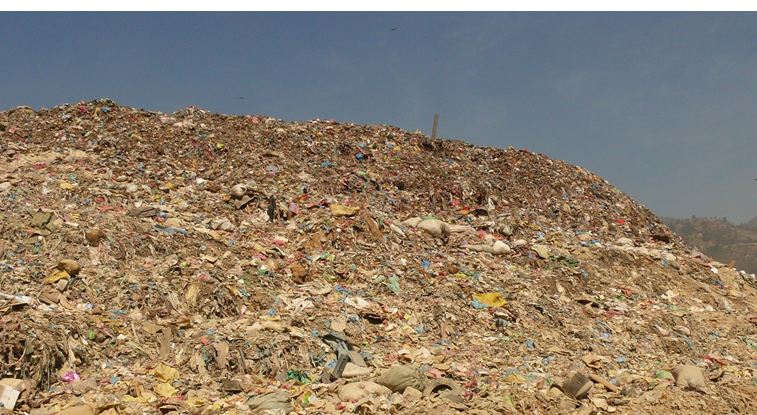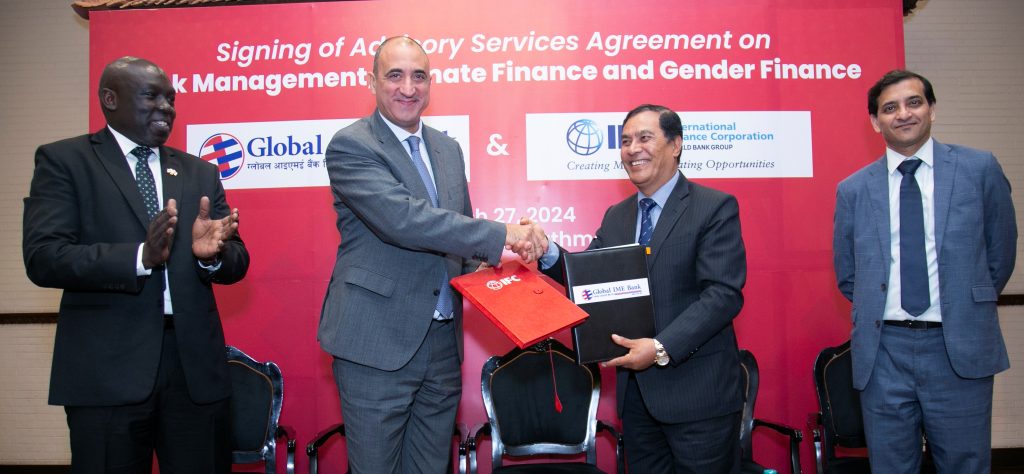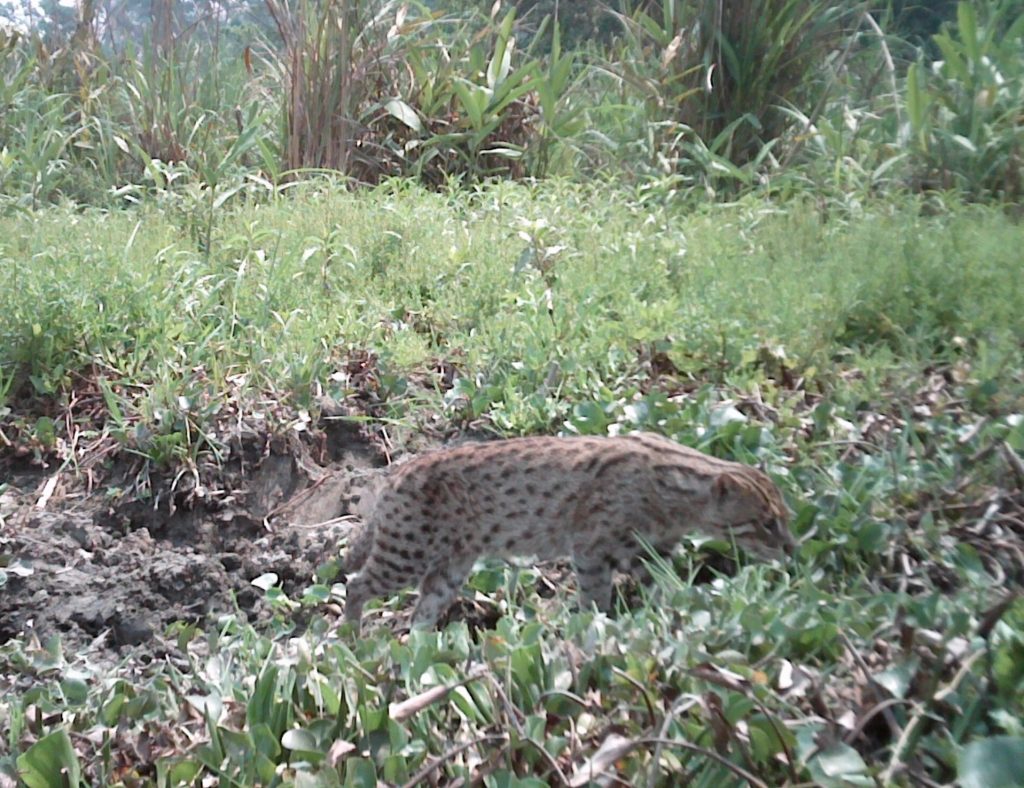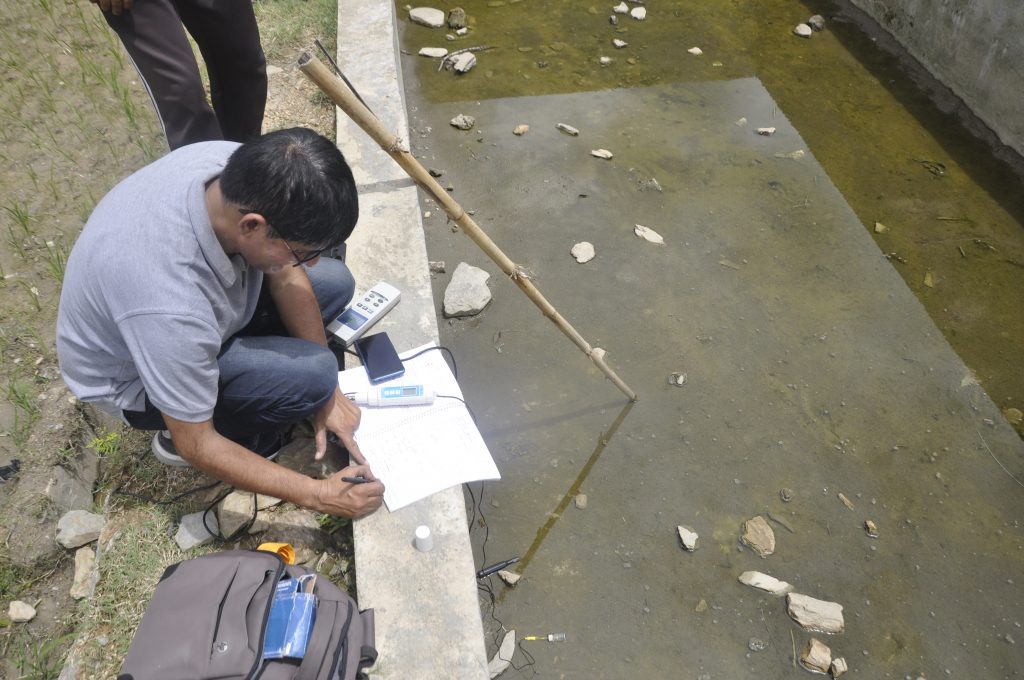Muncipal solid waste management ; problem and opportunity
- Haribol Acharya

 Municipal solid waste (MSW) normally termed as “garbage” or “trash” is an inevitable byproduct of human activity. Population growth and economic development lead to enormous amounts of solid waste generation by the dwellers of the urban areas (Karishnamurti and Naidu, 2003). Human activities generate waste materials that are often discarded because they are considered useless. These wastes are normally solid, and the word waste suggests that the material is useless and unwanted. So, Waste generation encompasses activities in which materials are identified as no longer being of value and are either thrown away or gather together for disposal.
Municipal solid waste (MSW) normally termed as “garbage” or “trash” is an inevitable byproduct of human activity. Population growth and economic development lead to enormous amounts of solid waste generation by the dwellers of the urban areas (Karishnamurti and Naidu, 2003). Human activities generate waste materials that are often discarded because they are considered useless. These wastes are normally solid, and the word waste suggests that the material is useless and unwanted. So, Waste generation encompasses activities in which materials are identified as no longer being of value and are either thrown away or gather together for disposal.
In developing countries open dumpsites are common, due to the low budget for waste disposal and non-availability of trained manpower. Open dumping of MSW is a common practice in Nepal. Today major problem is unsystematic waste management on urban area. Dumping of waste in open area induced animal hazard on that area. Road accident, zoonotic disease and pollution are increasing due to the vertebrate present on the dumping site.
Municipal SWM Practices and Scenario
The Government of Nepal enacted the Solid Waste Management Act of 2011 effective from 15 June 2011. The objectives of the act include maintaining a clean and healthy environment by minimizing the adverse effects of solid waste on public health and the environment. The local bodies, such as municipalities, have been made responsible for the construction, operation, and management of infrastructure for collection, treatment, and final disposal of MSW. The act mandates local bodies to take the necessary steps to promote reduce, reuse, and recycle (3R), including segregation of MSW at source. It also provides for the involvement of the private sector, community-based organizations (CBOs), and nongovernment organizations (NGOs) in SWM through competitive bidding. It also authorizes the local bodies to formulate rules, by-laws, and guidelines, with the approval of the municipal board. As provisioned in the act, the SWM Technical Support Center (SWMTSC) under the Ministry of Urban Development shall provide technical support to all local bodies for effective and sustainable SWM and advance research and development in this sector.
Managing solid waste is one of the major challenges of urbanization. Many urban areas in Nepal face difficulties with the provision of basic services such as water supply, wastewater treatment, and solid waste management. Municipalities are wholly responsible for the collection, transport, treatment, and final disposal of solid waste. Many are not well equipped to do the job. Few have basic data on waste generation and composition. Almost all lack finance and management capabilities to be both effective and efficient in this area.
In Kathmandu valley only around 1300 staffs are solid waste management that is about 60% of overall municipal staff. Instead of that there are lots of problem regarding solid waste management in Kathmandu valley. Some of that are attitude of throwing the waste hazardously, transportation –long distance, old vehicles and heavy equipment’s, lack of Training, need of well-equipped equipment’s and workshop, only one landfill site and transfer station, lack of manpower, no appropriate laws & policies, lack of awareness, low composting efficiency in households, public and political intervention. (Shrestha R., 2010)
Most of the people dispose their domestic waste either in the streets or in public waste containers. The municipal sweepers clean the streets and collect the waste, usually by handcarts, before it is loaded on either tractors or trucks. In the streets plastic, paper and metals are collected and when the waste reach the transfer station and the dumping site scavengers sort out another percentage of the paper, plastic and metals. In Kathmandu the waste is collected by the different wards and taken to Teku Transfer Station, where it is unloaded on to a concrete platform. At the transfer station the waste is loaded on to bigger vehicles before it is taken to the dumping site. Private and municipal sectors collect waste from the streets, from door-to-door or by a container system. Currently 90% of the total generated waste in Kathmandu is collected by Roadside collection, door-to-door collection and container collection method (Anderzén C. &Blees).
Opportunities for Municipal SWM
Government of Nepal has declared 246 Municipality, 13 Sub Metropolitan city and 4 Metropolitan city. As the federalism is indorsed all over the country, more power and responsibilities is transform to the local level. Solid waste management is also included as the performance indicator of Municipality. It is a challenge and a good opportunity for newly formed Municipality. They should manage separate mechanism and structure for solid waste management. It is an opportunity to manage the waste is proper manner. They can indorsed their rules and regulations to reduce the volume of the waste at source level. Proper management separation, transportation mechanism, recycle and recovery mechanism as well as final disposal methodologies can be properly used.
According to the ADB report of 58 municipality household waste composition analysis indicates that the highest waste fraction is organic matter (66%), followed by plastics (12%), paper and paper products (9%), others (5%), and glass (3%). Metal, textiles, and rubber and leather each accounted for 2% or less. The high organic content indicates a need for frequent collection and removal, as well as good prospects for organic waste resource recovery. The content of major reusable and recyclable materials (i.e., plastic, paper and paper products, metal, glass, rubber and leather, and textiles) comprised 29% on average.
Waste generated from offices, schools, and colleges were categorized as institutional waste. The composition analysis revealed 45% paper and paper products, 22% organic wastes, 21% plastics, and 8% others. Glass, textiles, metals, and rubber and leather each made up 2% or less.The average composition of commercial waste comprises 43% organic wastes, 23% paper and paper products, 22% plastics, 4% glass, and 4% others, with the rest accounting for 2% or less each.
When all three major sources of waste are combined, the average composition of MSW is a follows: organic waste 56%, plastics 16%, paper and paper products 16%, glass 3%, metals 2%, textiles 2%, rubber and leather 1%, and others 4%.(ADB, 2013). Opportunities for newly formed municipalities can be discussed on following headings.
Development of Policy, Strategy, and Guidelines
They have chance to formulate new local level SWM policy and strategy that may specifies key policy objectives, guiding principles, and an implementation strategy with a timeline and a clear monitoring and evaluation mechanism. Technical guidelines will also need to be developed for issues such as organic composting, resource recovery technologies, and landfill development and operation.
Awareness campaigns
Awareness to the local communities is most essential component of solid waste management. If municipalities can convey the massage up to grassroots level, they can achieve success at faster rate. Individual of the community can play pivotal role for effective waste management. Municipalities can make creative programme to spread knowledge ad wider rage.
Implementation of 3R mechanism
Nepal’s MSW has a large organic content, constituting 66% of household waste and 56%of waste overall. (ADB, 2013) The large proportion of reusable and recyclable materials provides a great opportunity for increasing waste reuse and recycling. 3R can be promoted to significantly reduce the amount of waste to be disposed of at final disposal sites, thereby saving costs for final disposal and reducing public health and environmental risks. One of the major idea for well management of the waste is segregation of waste at source level. This would require better public awareness of the benefits of waste segregation and recycling, and technical skills and knowledge among municipal staff. Composting plants can be developed in communities or municipalities depending upon their capacity, size, population and level of interest.
Public–Private Partnership
Involvement of the private sector has great potential to improve operational efficiency and cost effectiveness in waste collection, transport, treatment, and final disposal. It will also a milestone to overcome the manpower and resource insufficiency. It will encourage private sector to work in recycle, ruse reduction and energy recovery sector.
Cost effective methodology
Revision of procedure, mechanism and structure is also important part. These newly formed municipalities may review existing practices to identify cost-effective measures. These may include the provision of performance-based incentives to their staff, performance-based outsourcing arrangements, and benefit-sharing arrangements. Reduction of waste at source level, Segregation and promotion of 3R principle and energy recovery method can be used, which may be cost effective.
Integrated management system
Integrated management is widely accepted approach. An integrated approach can be applied from segregation at source and collection to resource recovery and final disposal. It may be costly at the time of installation especially for newly formed Municipality. It will be more cost effective way after once it installed.
Challenges
Human resources
There may be lack of skilled manpower in solid waste management. Especially skilled and semi manpower management may be problem. Arrangement of skilled manpower such as environmentalist, environmental engineer etc. may be challenge to the municipality.
Economic resources
For proper management of solid waste management of proper equipment is most. It may be difficult to those municipalities who does not have high income. It is not easier to manage all facilities to install at once.
Site management
Another challenge may be proper management of the transfer station, recovery site and disposal site. It may leads to high cost and more area coverage which may be challenges to some of the municipalities'.
Transportations facilities
Another challenge is to manage proper transportation mechanism, in urban as well as semi urban site there is lack of proper transportation system. Because of poor condition of roads it may be difficult to reach source of generation.
Low Priority
Managing solid waste has been accorded a low priority mainly because the demand is higher for other public services in many municipalities in Nepal. Local bodies are experiencing difficulties in developing management plans due to the lack of SWM baseline information and data related to the functional elements of SWM. It is essential to know the quantity and composition of MSW when designing and implementing proper waste management plans that include resource recovery through appropriate methods.
Hence, solid waste is not a waste it is a money. Waste management is not a problem, it is an opportunity. Separate focal point should managed for solid waste management in newly form municipality. It can play pivotal role to make it more sustainable. It will be better if municipalities implement proper SWM starting fromwaste segregation at source, efficient collection and transport, resource recovery,and safe disposal.
References
Anderzén C. &Blees V., (2003). Solid Waste Management in the city of Kathmandu, Nepal, Evaluation of the Växjö Risk Assessment Model applied on Gokarna Landfill Site, University of Kalamar, SE 391 82.
Asian Development Bank, (2013), Solid Waste Management in Nepal, Current Status and Policy Recommendations, ISBN 978-92-9254-232-0.
Karishnamurti GSR. andNaidu, R., (2003). Solid-solution equilibria of cadmium in soils Geoderma, 113, pp. 17–30.
Shrestha, R.,(2010). Solid Waste Management in Kathmandu City, Nepal,
Author is a President of Scientific Research Society Nepal





Feedback